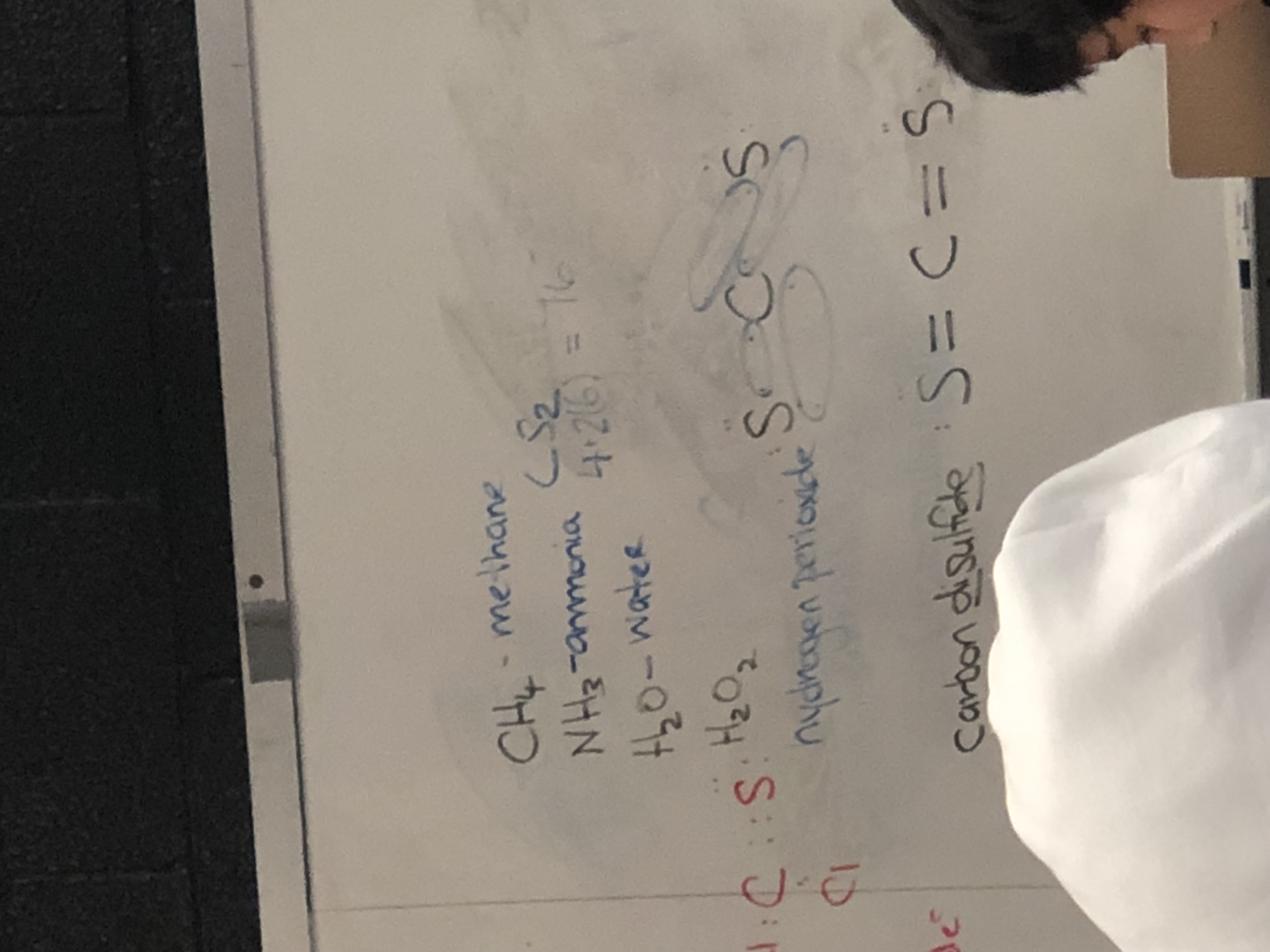Chemistry
Periodic table
Periods: horizontal
Families or groups: vertical
- Reactivity generally increases for cations as you move down the table e.g. K is more reactive than Na
- Electrons further from the nucleus are more easily lost, leading to faster reactions
- Like a magnet: further away, lesser attraction
- Electrons further from the nucleus are more easily lost, leading to faster reactions
- Reactivity for anions generally decreases as you move down
- Anions gain electrons, so the closer the shell is to the orbital, the faster they gain electrons
Ions
Important
Ion - a charged entity formed when atoms gain or lose electrons (to become stable)
-
Similar properties but different atomic masses
-
An ion is an atom that has lost or gained electrons
-
Elements with full valence shells are non-reactive (stable)
-
Atoms can gain, lose, or share electrons to become stable
-
Cations and Anions:
- Metals are likely to lose electrons and form positive ions called cations
- Non-metals are likely to gain electrons and form negative ions called anions
- Cations:
- Naming: metal name + “ion”
- Anion:
- Naming: non-metal name - ending + “ide”
Definitions
- Iso: the same
- Electronic: electron arrangement (e.g., identical Bohr diagrams minus the nucleus)
- Isoelectric: atoms/ions that have the same electron arrangement as another atom/ion
Diagrams
- Lewis: unpaired valence electrons can be shared
Formulas
In the formula Gold (I) Chloride, 1 represents the positive charge of gold (a cation).
Chemical reactions
- Physical changes occur during chemical reactions
- Physical changes affect state or form but do not change the original substance
5 signs of chemical reactions
- Release of gas
- Release of light
- Change in heat
- Formation of precipitate (a solid)
- Unexpected color change
All chemical reactions convert reactants into products with different properties than the reactants.
- If there are chemical changes, the reaction is chemical. If not, it’s physical.
Types of Chemical Reactions
- Endothermic = reactants + heat
Chemical Equations
A chemical equation uses words, symbols, or formulas to describe changes during a chemical reaction.
-
Balancing Chemical Equations
The mass of products and reactants must be the same. -
NO atoms are destroyed or created during a chemical reaction; atoms are rearranged to form products. Chemical bonds between atoms are broken and new ones form.
Atoms reconnect in new ways.
Rules for balancing:
- Use only whole numbers
- Ensure coefficients in the equation are the lowest common factor
- Never change a subscript in a formula to balance atoms
Hints for balancing:
- Balance atoms in complicated formulas first, and balance pure elements last
- Hydrogen and/or oxygen often appear in most reactants and products; balance other elements first, then hydrogen (second to last) and oxygen (last)
Example: If NO₃ appears in reactants and products, count NO₃ rather than N and O separately.
- Word equation: Hydrogen gas + Oxygen gas → Water
- Formula equation: H₂ + O₂ → H₂O
Every chemical equation must have:
- Two or more reactants
- One or more products
- An arrow to show conversion
- Plus signs to split multiple products or reactants
Possible states of matter in chemical equations:
- S - solid (all metals, except mercury)
- G - gas
- Aq - aqueous (dissolved in water; all ionic compounds unless they end in oxide, then it’s solid)
- l Liquid
Example:
Catalysts
A substance that speeds up a reaction without being consumed.
Often shown above the arrow in an equation.
Memorization:
- D
- H₂O - Water
- NH₃ - Ammonia
- CH₄ - Methane
H O F Br I N Cl
- Hydrogen - Gas
- Oxygen - Gas
- Fluorine - Gas
- Bromine - Liquid
- Iodine - Solid
- Nitrogen - Gas
- Chlorine - Gas
